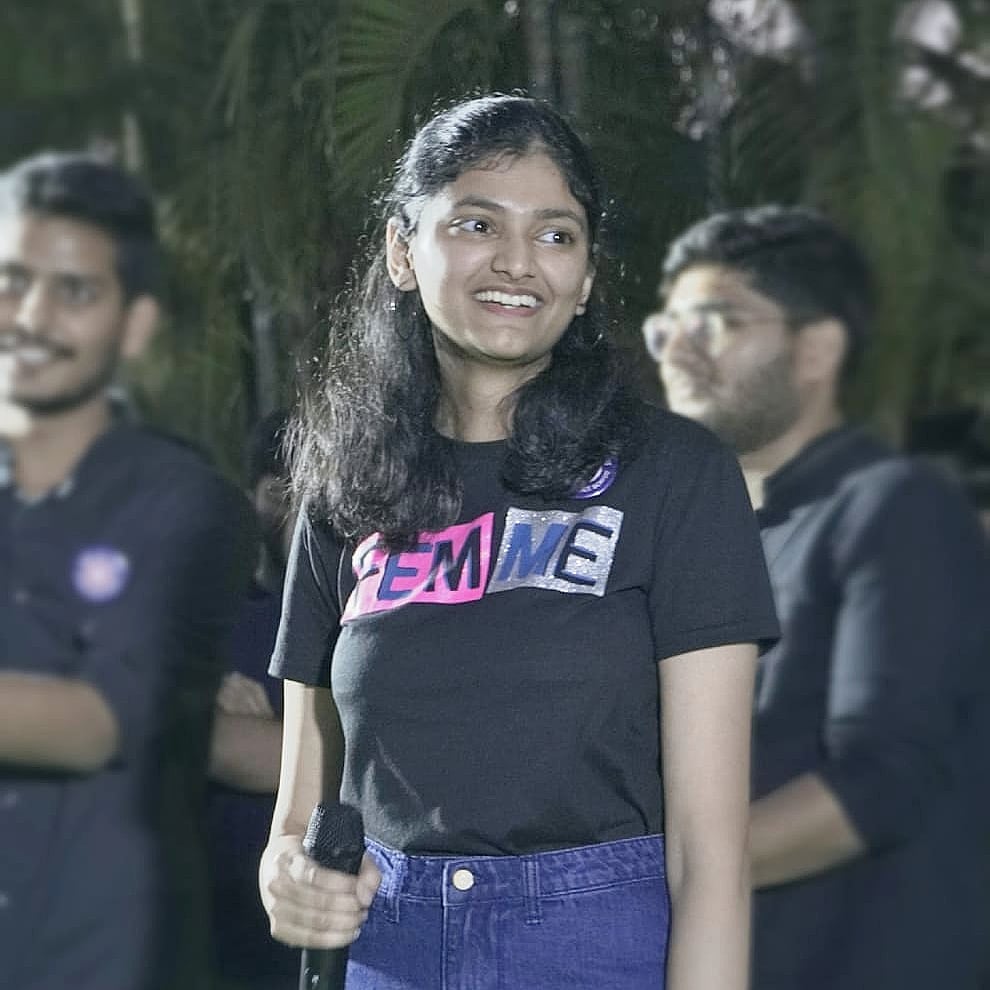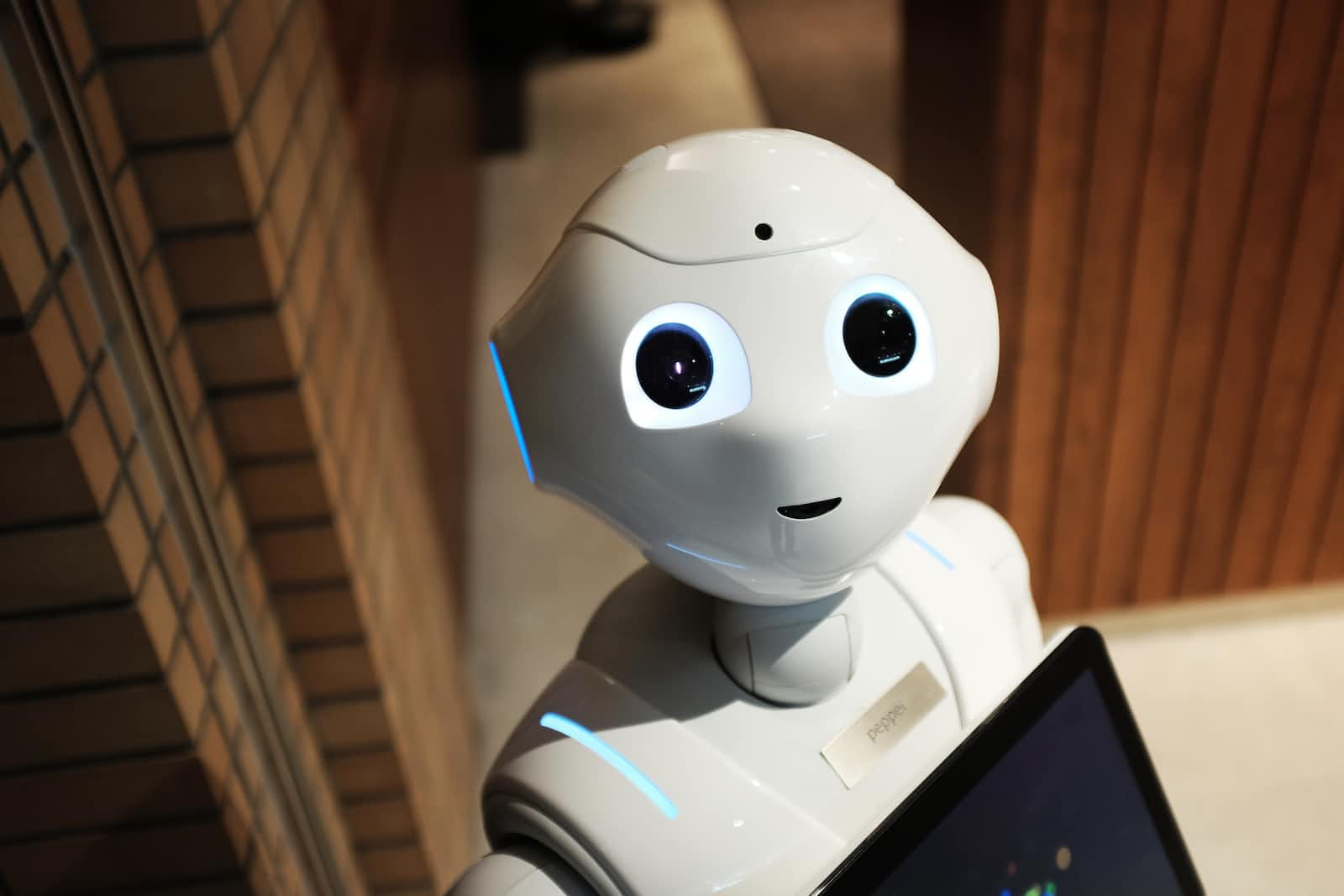Machine Learning 101
 Mitali Garg
Mitali Garg
Hey readers!
Welcome to my first blog!
In this series of blogs, I am going to document my "Machine Learning" learnings (excuse the pun) starting with my first blog today on the basics of ML!
So, in the recent few years, there has been a boom in the industry on the topic of ML which makes students and developers curious to know more about it.
Machine Learning, as the word suggests, is the ability of a machine to learn, without being explicitly programmed for it. Let us see an example.
Consider the music listening preferences of you and your family members. Suppose you and your sister like to listen to Genre A kind of music. Your mom likes to listen to Genre B music and your grandpa likes to listen to Genre C kind of music. Based on your experience of what kind of music your family members of different age groups like, you can guess which song your friend's grandpa or grandma might like to listen to when they visit your home.
Similarly, a machine learns when it is trained with some input data, and when given a new set of data (for instance, age of the person and preferred song artist called features for the previous example), it can predict the output (which song or which genre should be played for that person). The machine tries to learn the patterns in the input data so that when a new input data is given to it, it can predict the result. Simply, this is what machine learning is!
A lot of times people tend to get confused between Artificial Intelligence, Machine Learning and Deep Learning. Yes, they do have a connection! ✨
Artificial Intelligence is the mimic of human behaviour and intelligence by machines, Machine Learning is the learning ability of machines and Deep learning is the processing of data in machines using artificial neural networks. Hence, ML is a subset of AI, and DL is a subset of ML.
There are different ways in which a machine learns which are divided into 3 categories -
Supervised Learning - The input dataset has a corresponding output label to train the models and learn the output
Unsupervised Learning - It uses unlabeled data to learn about the patterns in the data. Output is not given. The model can identify some patterns based on which it can cluster/group the data items.
Reinforcement Learning - The model learns in an interactive environment based on rewards and penalties. Consider training a dog. You reward him when he obeys your order, and penalize him in some form when he does not. This trains him to understand what is the correct thing to do and what is not from his mistakes. This is what reinforcement learning is in machine learning.
To assess our ML model, we divide the dataset into 3 parts-
Training dataset
Validation dataset
Testing dataset
The training dataset is used to train the model and the difference between the predicted and actual output, called the loss, is fed back to the model for better accuracy of results. This is the training phase.
The validation dataset is used as a reality check during or after the training, to ensure that the model can handle unseen data. It is the subset of the dataset that performs initial evaluation against a trained model. Typically, you evaluate the trained model against the validation set several times before evaluating the model against the test set. Loss is calculated here as well to determine whether the model needs further tuning or adjustments or not.
The testing dataset is used to check how good or generizable the final machine learning model is. The loss here tells about the performance of the final chosen model. This is called the testing phase.
Each row in a dataset is a sample in the dataset and each column is a different feature.
These were some of the basics to get you started with Machine Learning!
Hope to see you in further blogs.
Keep reading :)
Mitali
Subscribe to my newsletter
Read articles from Mitali Garg directly inside your inbox. Subscribe to the newsletter, and don't miss out.
Written by

